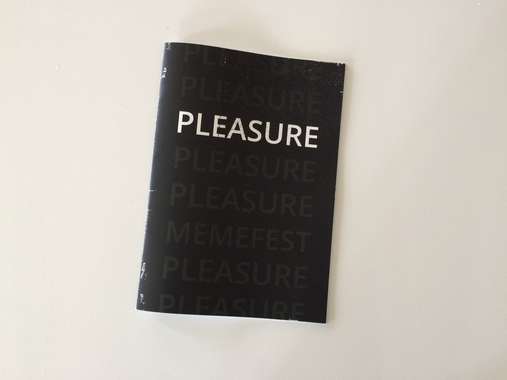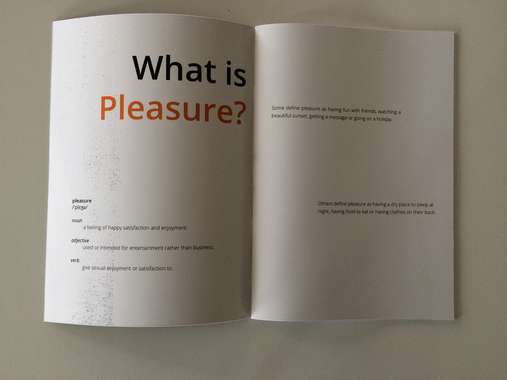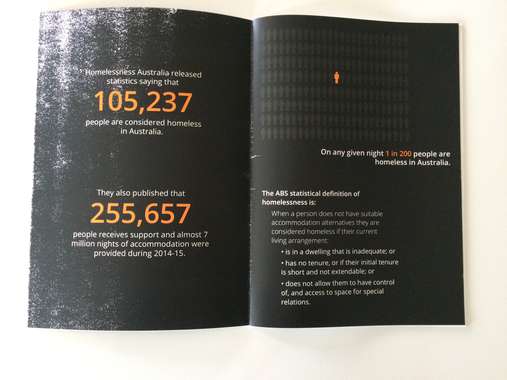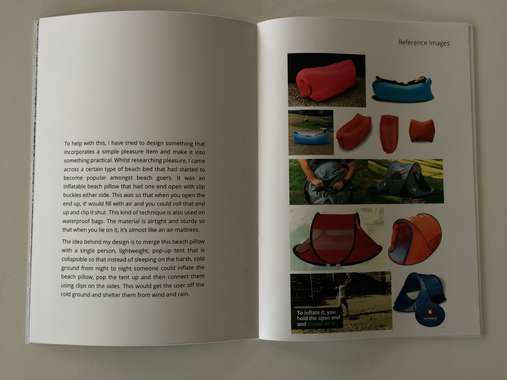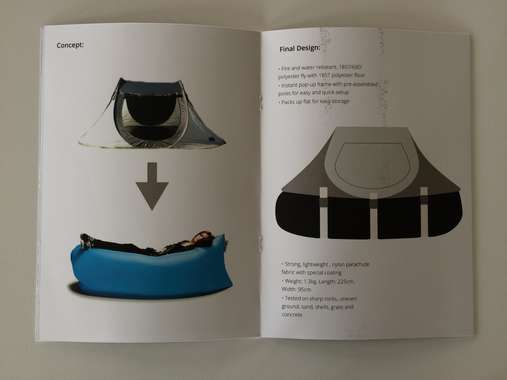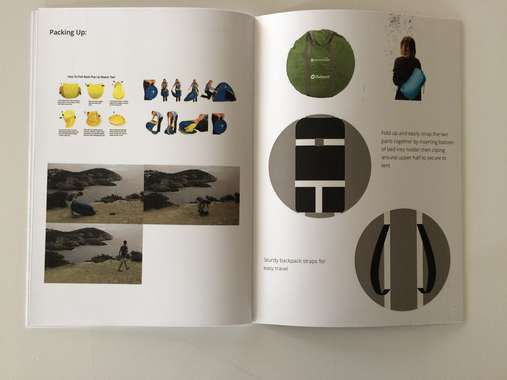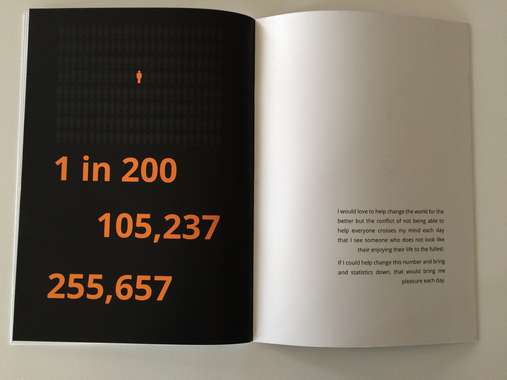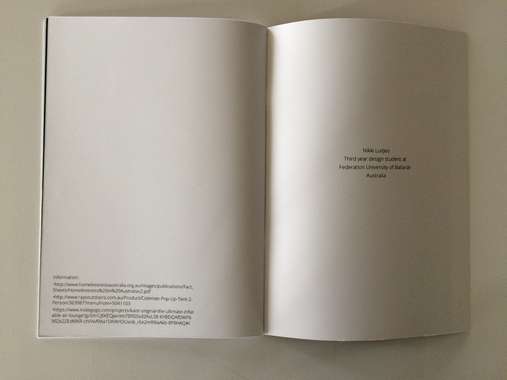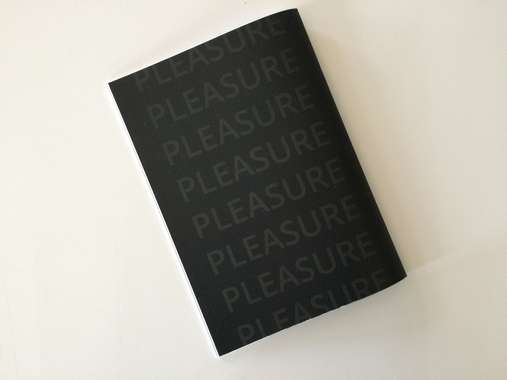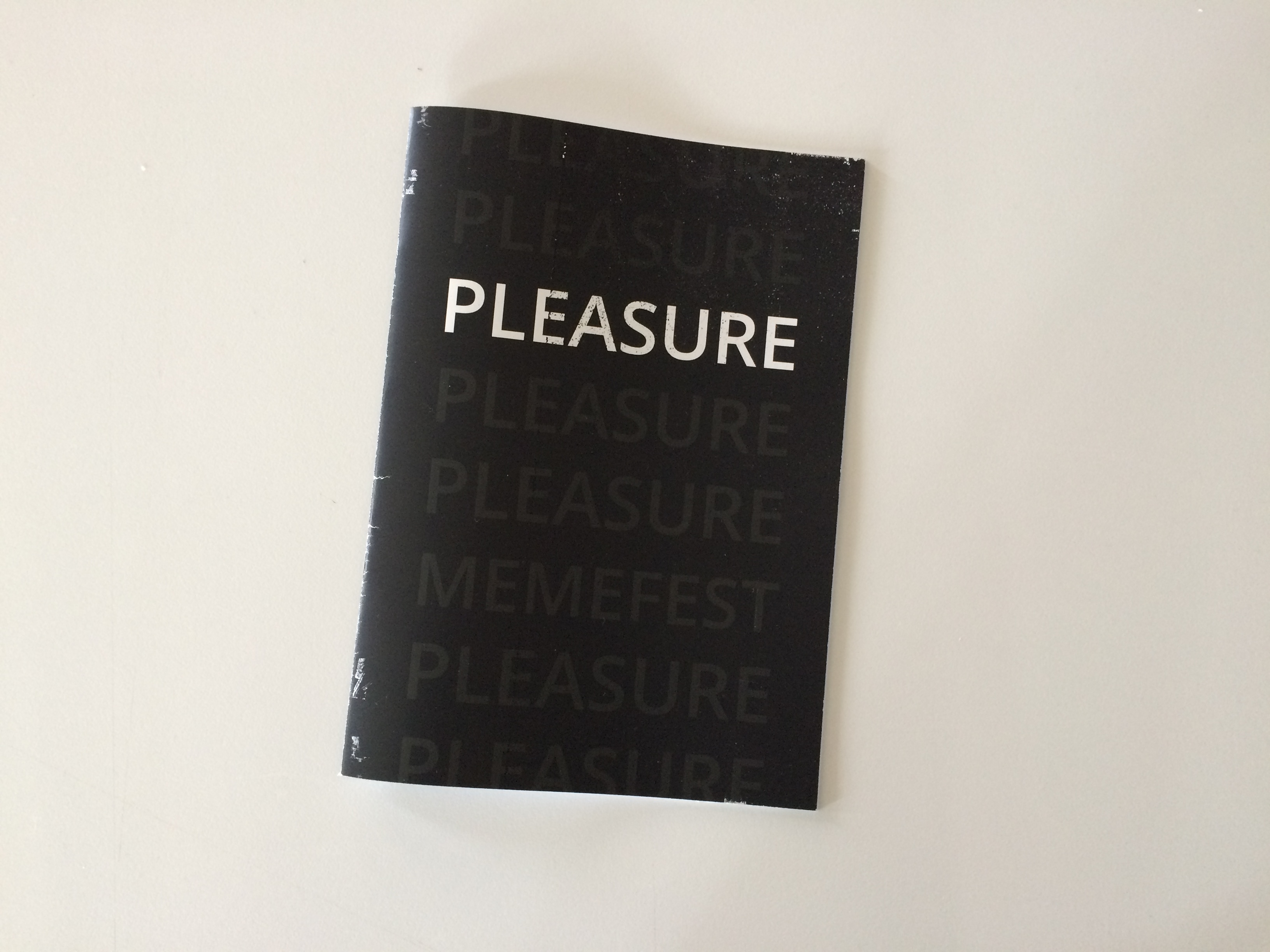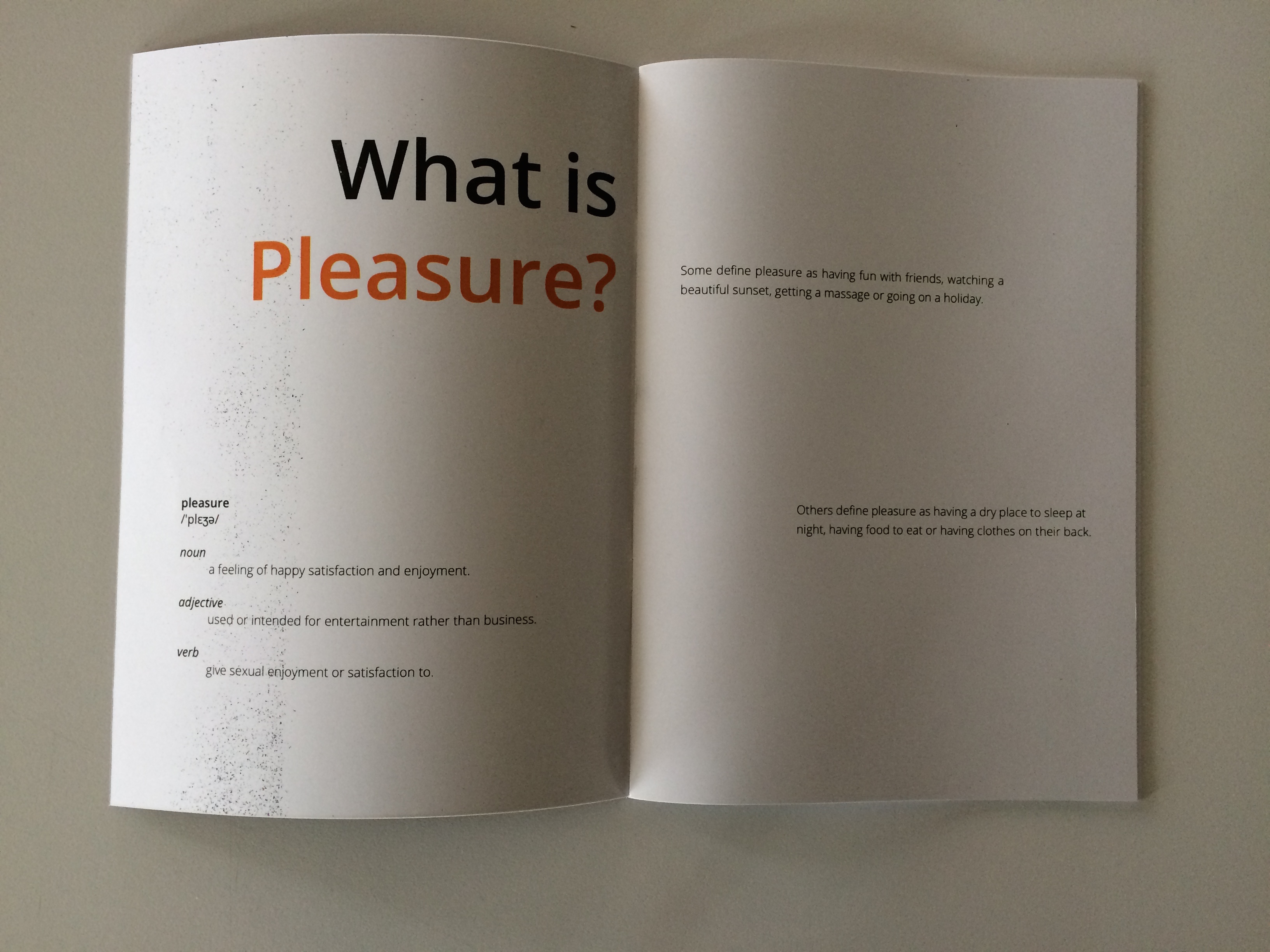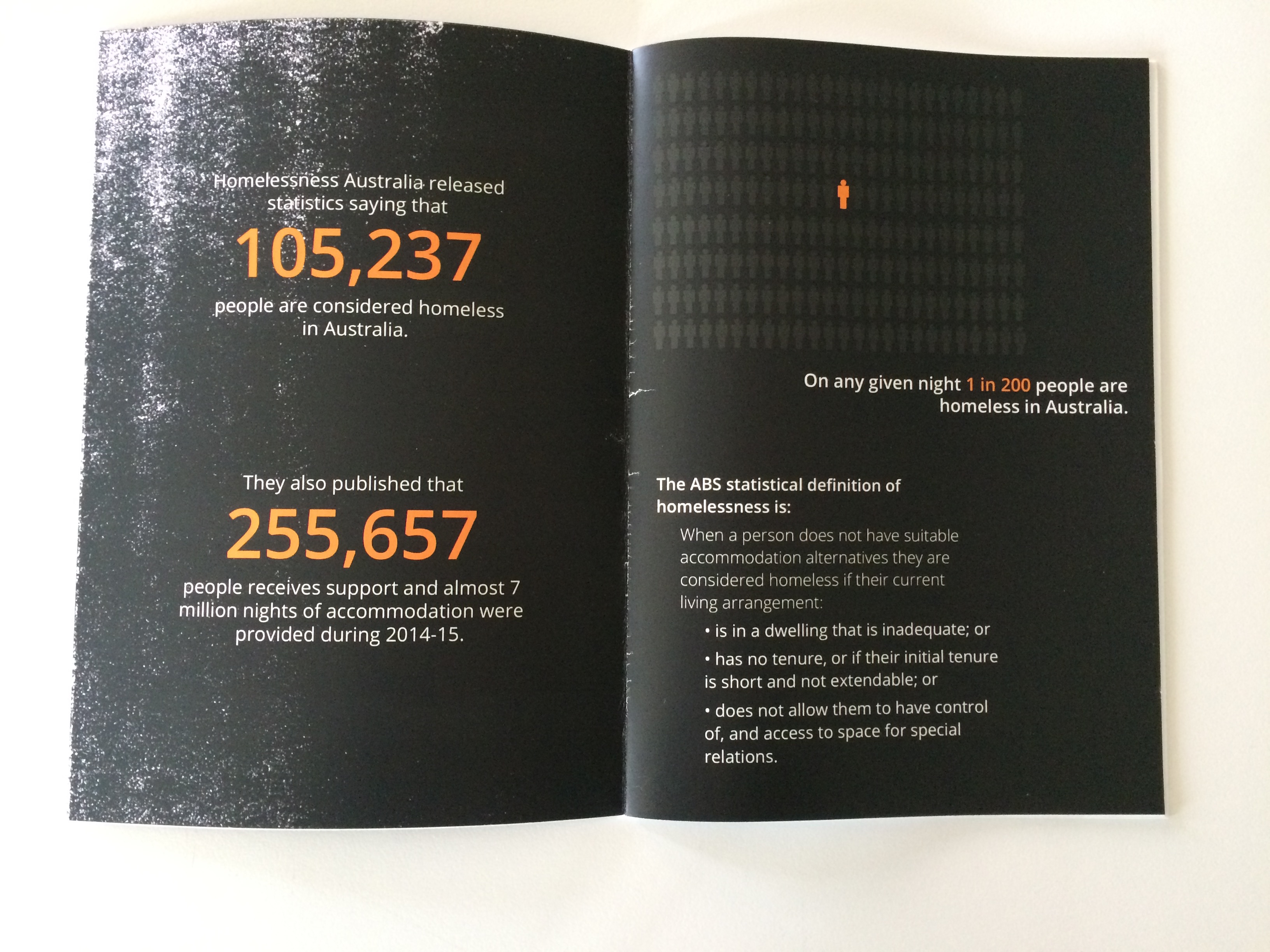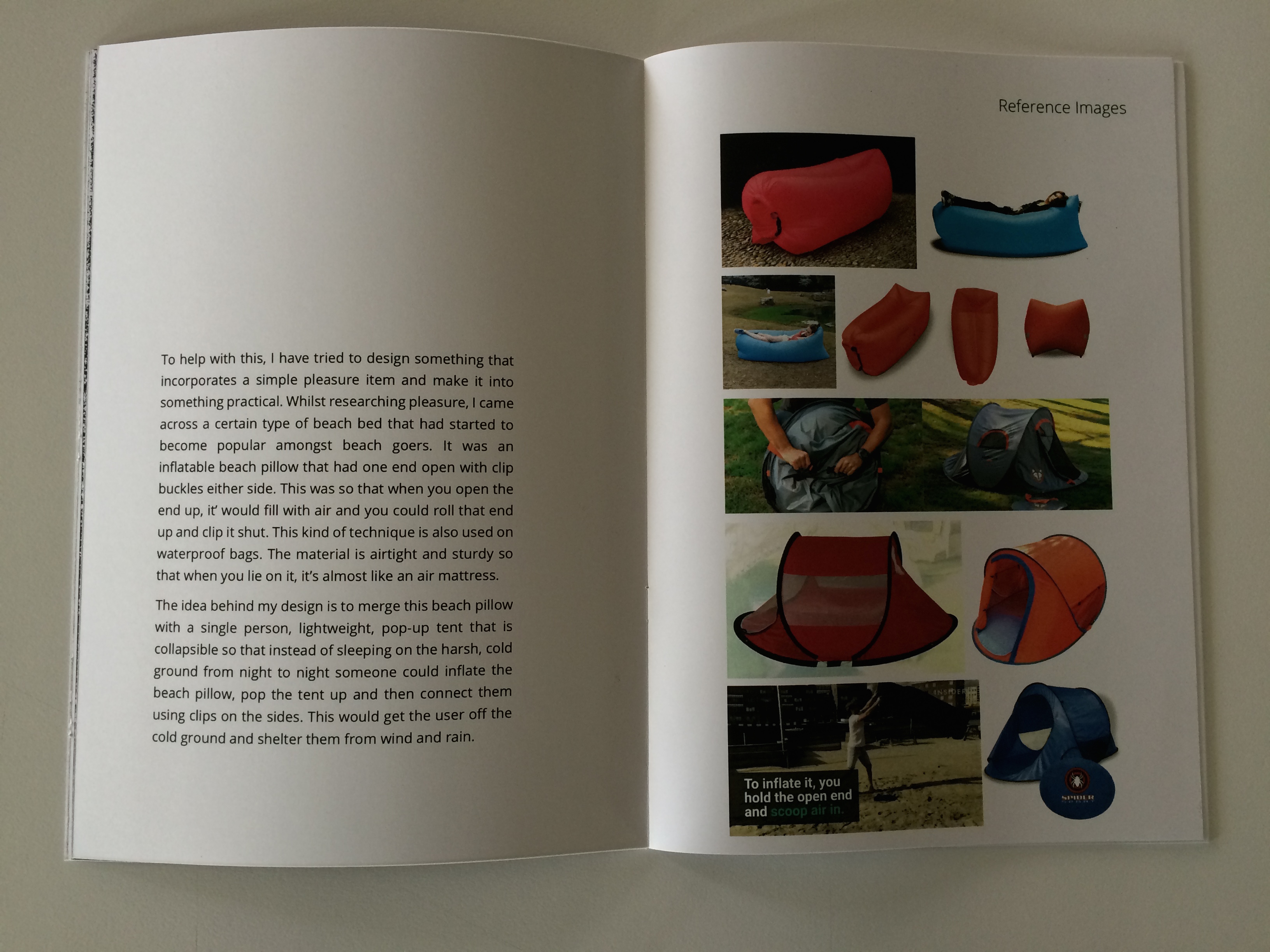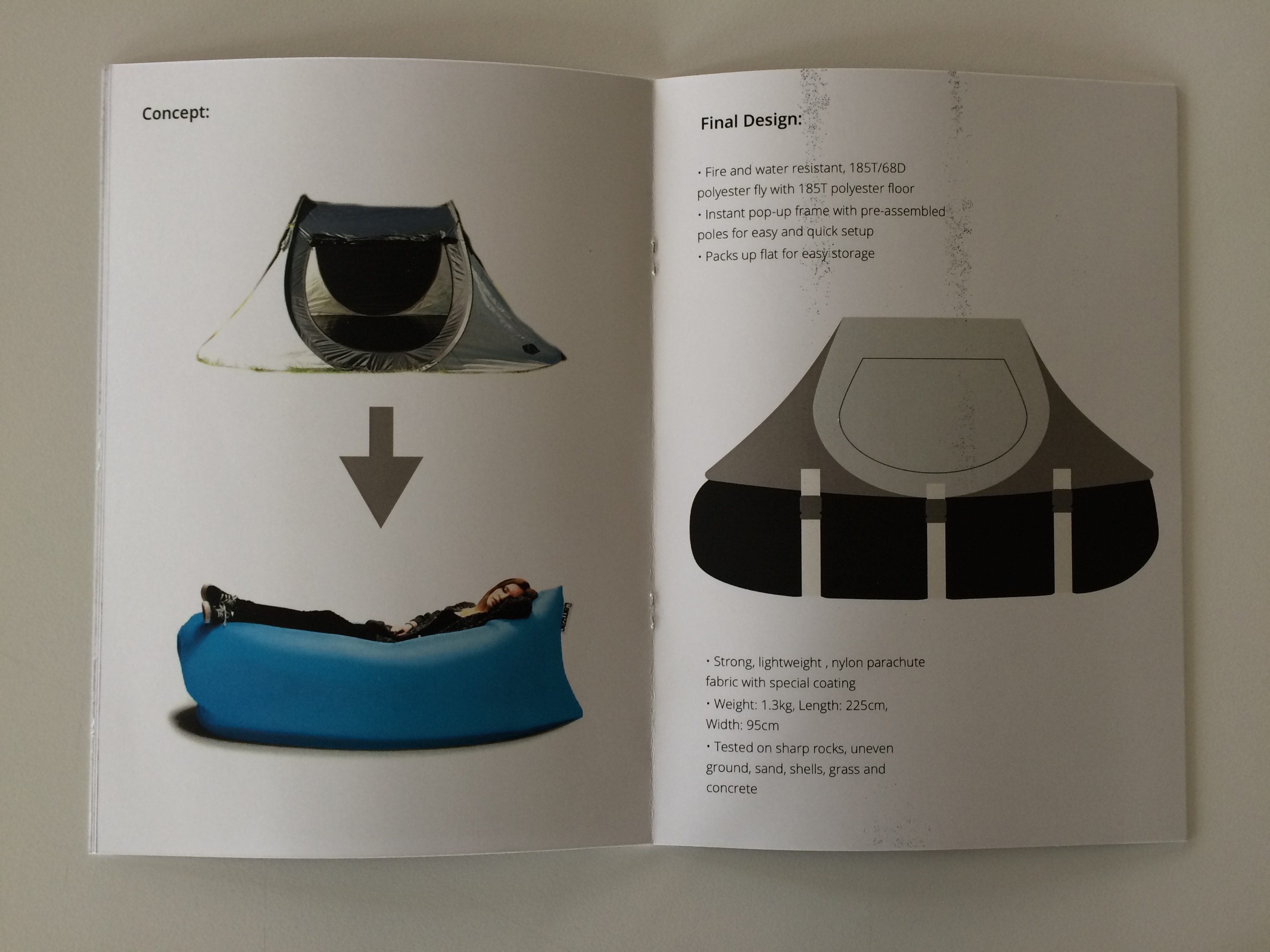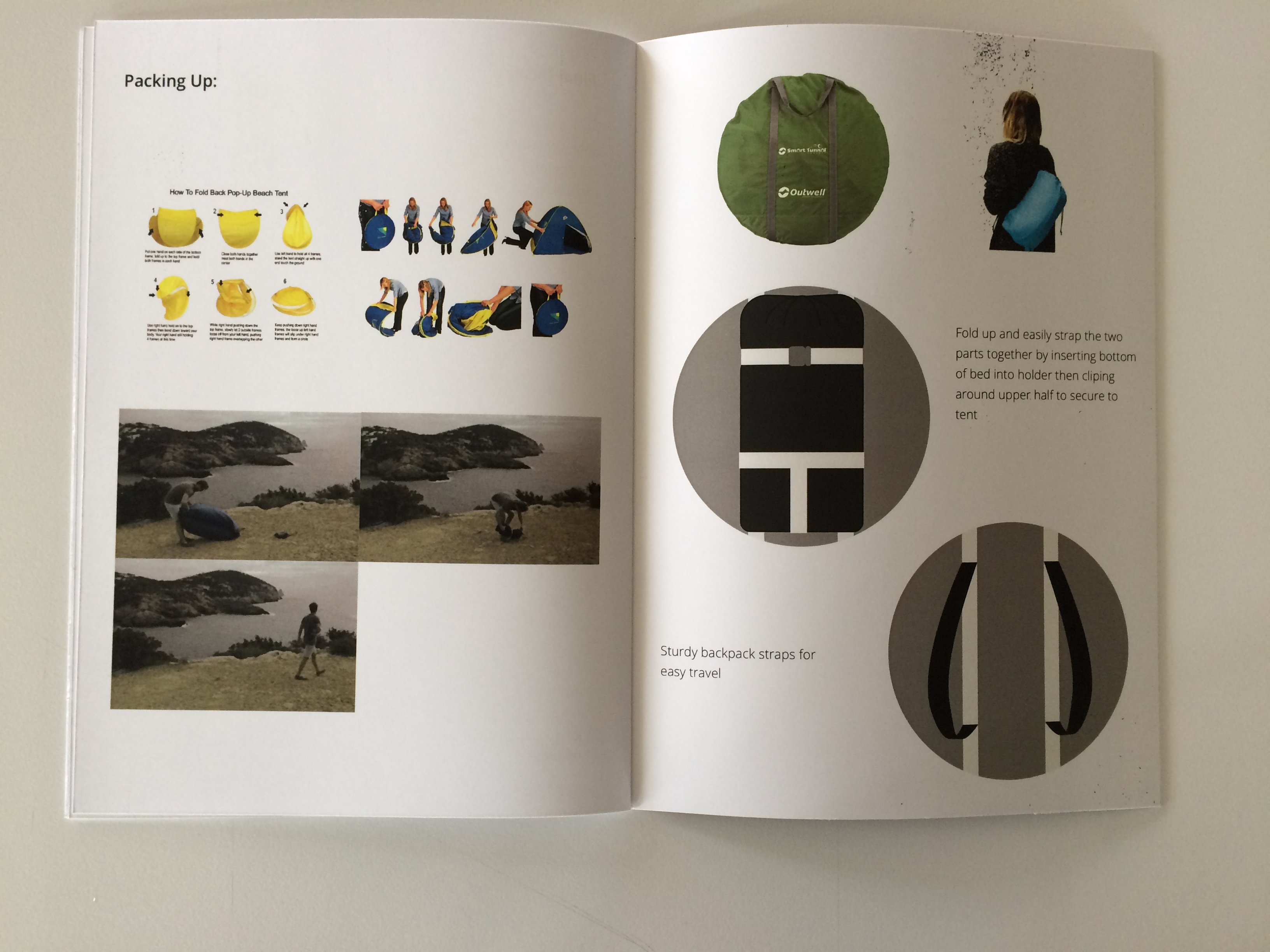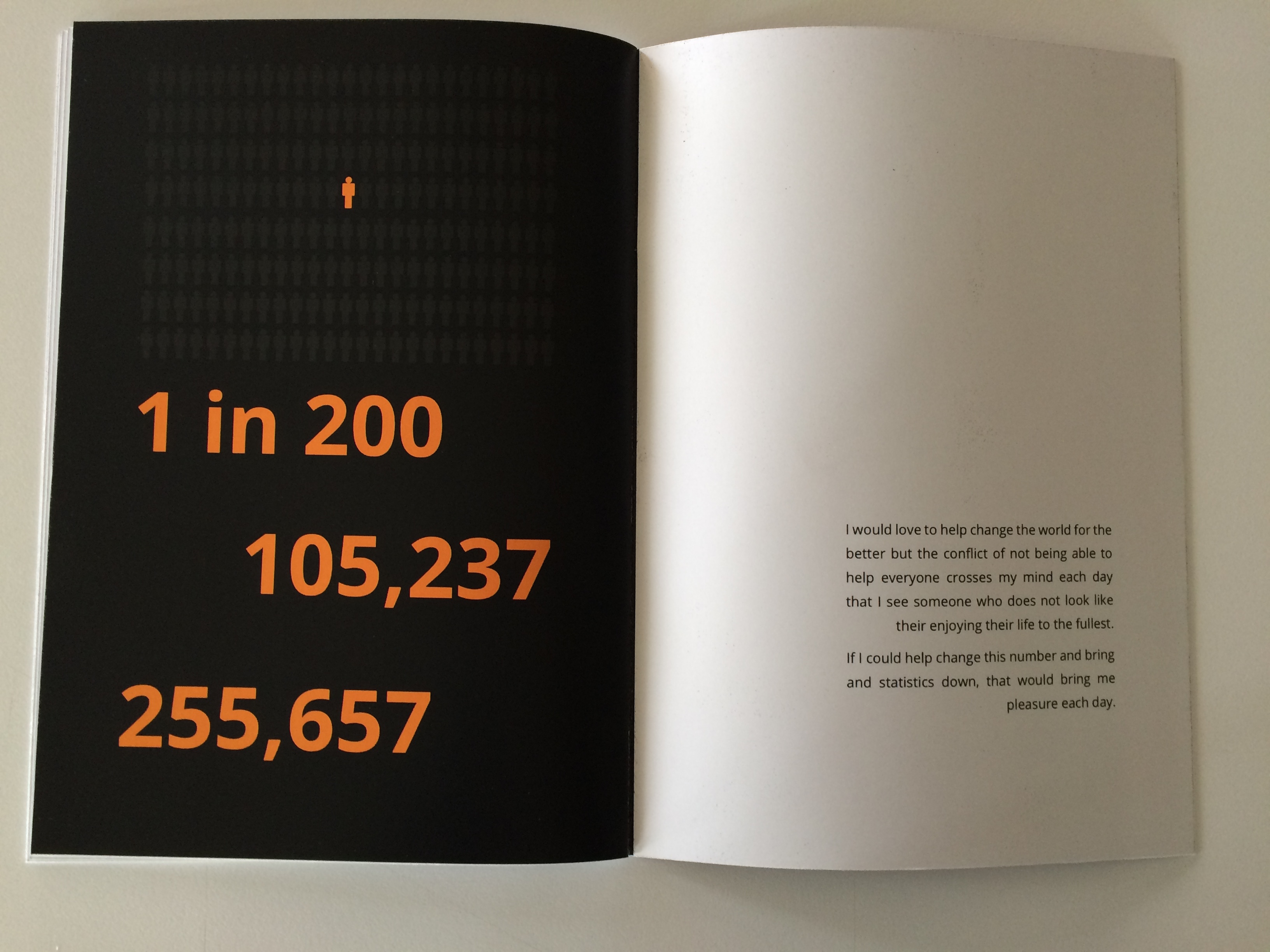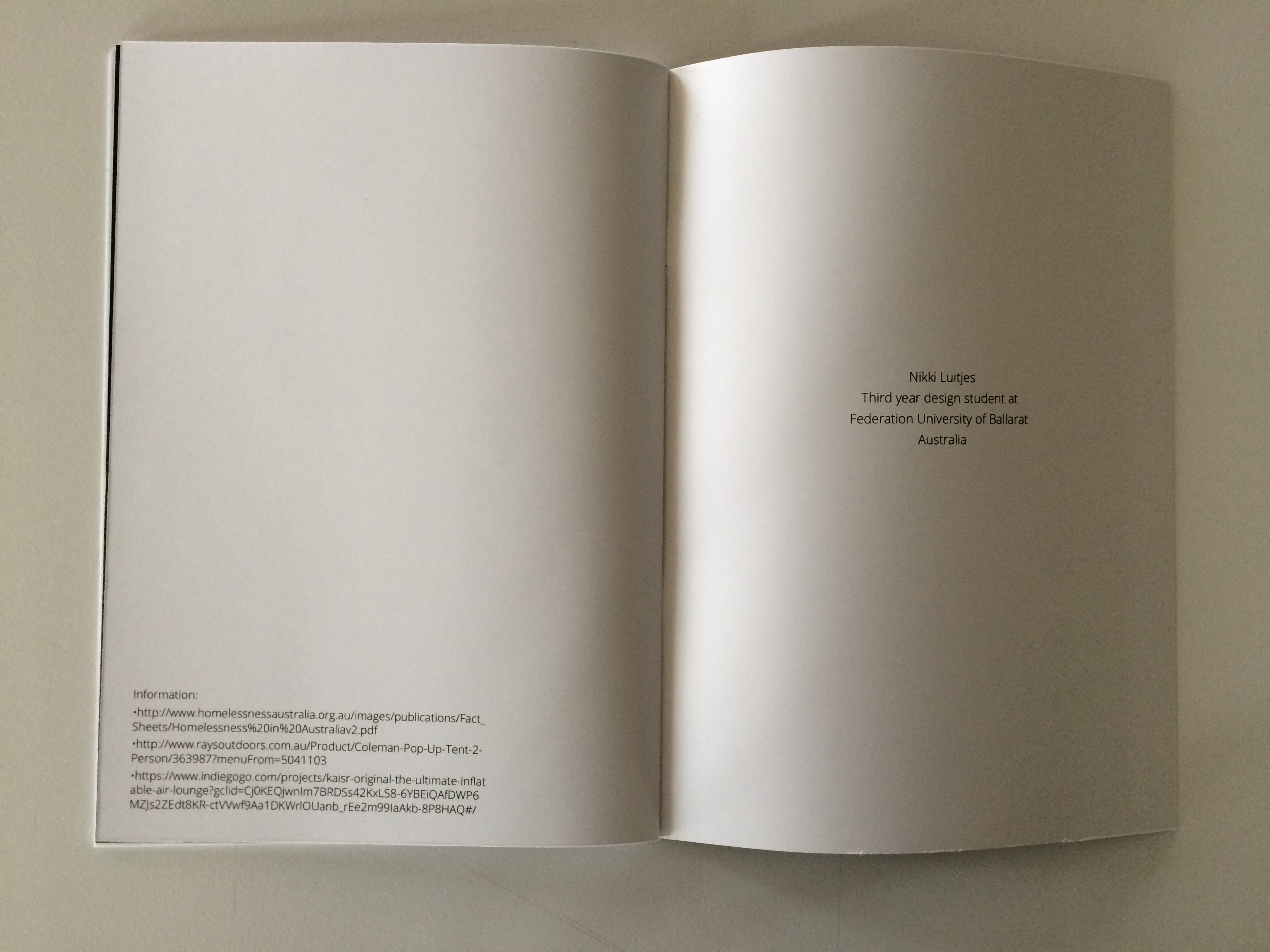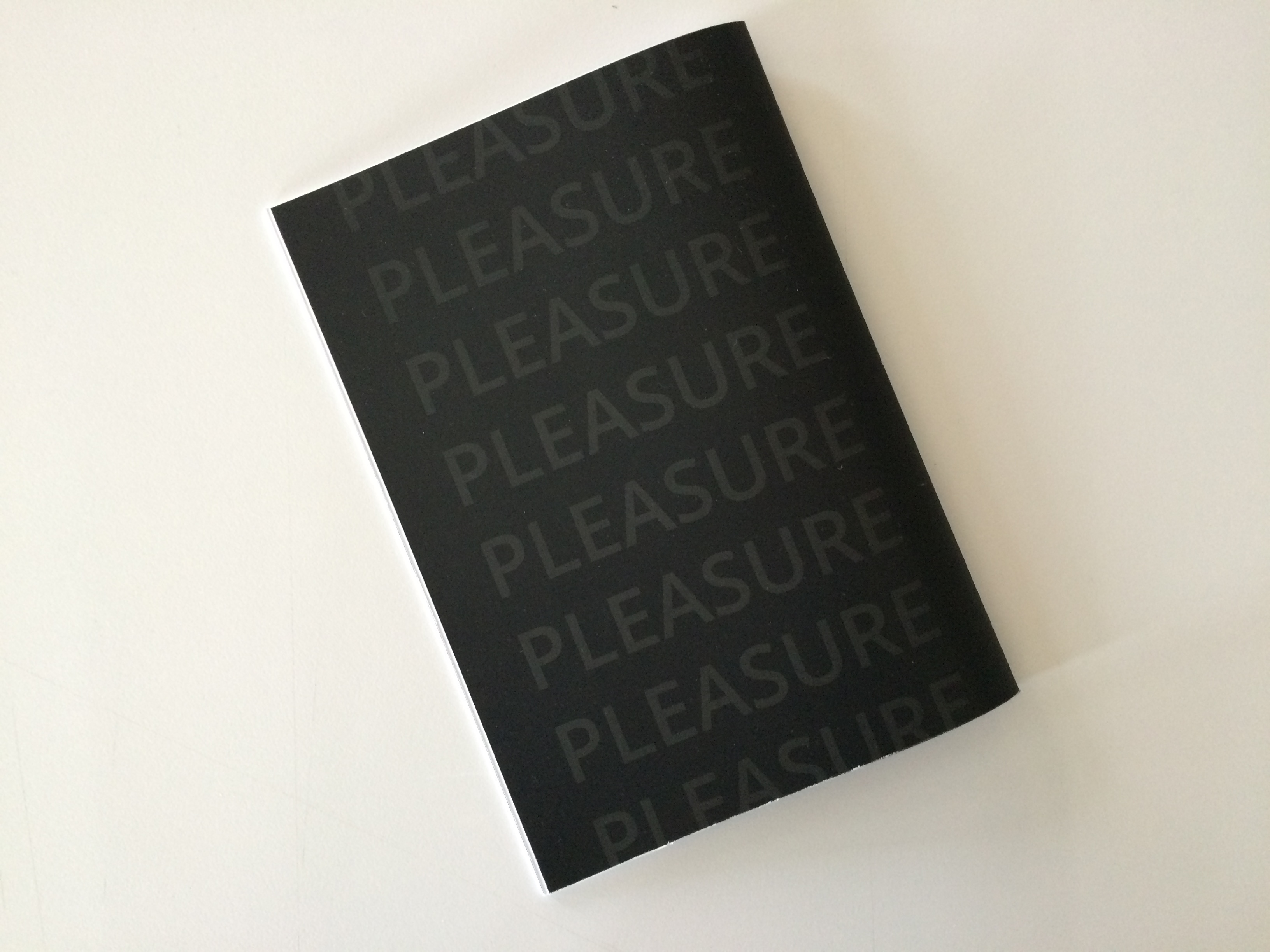Pleasure Made Practical
Files
This work has been commented by 1 curator(s). Read the comments
Title
Pleasure Made Practical
Headline
A practical use for a simple pleasure item.
Concept author(s)
Nikki Luitjes
Concept author year(s) of birth
1995
Concept author(s) contribution
Author of concept and designer
Concept author(s) Country
Australia
Designer(s)
Nikki Luitjes
Designer(s) year(s) of birth
1995
Designer(s) contribution
Author of concept and designer
Designer(s) Country
Australia
Friendly Competition
Competition category
Visual communication practice
Competition subcategory
static
Competition field
academic
Competition subfield
student
Subfield description
Federation University Australia
Check out the Pleasure 2016 outlines of Memefest Friendly competition.
Description of idea
Describe your idea and concept of your work in relation to the festival outlines:
My idea is about bringing pleasure to someone that might not be doing so well. Homelessness at any given night affects 1 in 200 people and as of the start of this year, there were 105,237 people living rough whether it was at a friend’s house or on the streets. By researching simple pleasures or an item of luxury, such as a beach pillow, my design highlights the fact that not all pleasures in life are about going on holidays or getting a massage and some are as simple as having somewhere to sleep.
What kind of communication approach do you use?
I have used a presentation booklet, as if I was going to a potential company and presenting them with my design for manufacturing.
What are in your opinion concrete benefits to the society because of your communication?
I believe something would bring a community together in order to help one another. It would also give some people of the society a chance to sleep on something other than the ground.
What did you personally learn from creating your submitted work?
I ended up learning a lot about homelessness not only in Australia but also in Ballarat where I study. I also learnt that pleasure is a broad term and the simplest things in life that we take for granted can be somebody’s struggle in life.
Why is your work, GOOD communication WORK?
I feel that my work is good communication work because it approaches the concept in a formal but simple way, clearly illustrating the design, talking about the idea and specifications and presenting it in a PDF version that people can download.
Where and how do you intent do implement your work?
I am going to try and get the idea and concept out on the Internet. The idea of manufacturing this design and being able to help people who need it brings me pleasure and if I can get this concept to people who can make this idea happen that would be fantastic.
Did your intervention had an effect on other Media. If yes, describe the effect? (Has other media reported on it- how? Were you able to change other media with your work- how?)
No it did not.
Curators Comments

Scott Townsend
This is a great idea and a useful interpretation of the theme of pleasure as hospitality.
There is also a line of thinking about designing with and for particular disenfranchised groups to create useful practical design interventions-- this goes back to some of the thinking of Victor Papanek, as well as others worldwide now.
There are also a number of ideas re how this might get produced-- esp in retrofitting or potentially making something 'from scratch,' appropriate to particular local issues and needs involving all kinds of stakeholders in the process-- including people who actually need your design intervention.
While this is not your particular design issue, here is an example of doing this through networks and education:
http://www.adaptivedesign.org/
-which is about a kind of practical modification or creation of things in a disability context. A lot of this site is about 'how to' do things in this manner- it's about educating others to be 'designers' and makers in their particular context.
Another way to think of this is as critical or speculative design, such as Dunne and Raby et all. In that sense it is less directly related to satisfying a tangible need and more to raise questions or awareness critically about the subject matter, role of design etc...For example (and more of an art context) Wodiczko's 'Homeless Vehicle' 1988-89.
Perhaps your idea could combine elements of both...?

